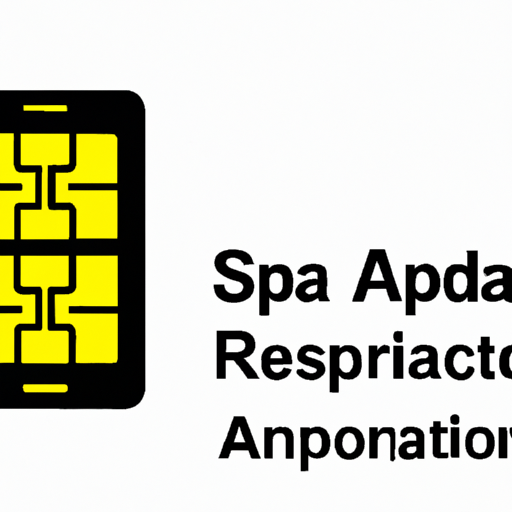Application Development in IrDA Transceiver Modules for ECS-200-S-1: Key Technologies and Success Stories
The ECS-200-S-1 IrDA transceiver module exemplifies the utility of infrared communication in various applications, particularly where traditional wireless technologies like Bluetooth or Wi-Fi may not be ideal. This document outlines the key technologies associated with IrDA transceivers and highlights notable success stories that demonstrate their effectiveness in real-world applications.
Key Technologies
| 1. Infrared Communication Protocols | |
| 2. Low Power Consumption | |
| 3. Line-of-Sight Communication | |
| 4. Data Rates | |
| 5. Integration with Microcontrollers | |
| 6. Compatibility with Legacy Systems | |
| 1. Medical Devices | |
| 2. Remote Controls | |
| 3. Point-of-Sale Systems | |
| 4. Industrial Automation | |
| 5. Data Transfer Between Mobile Devices |
Success Stories
Conclusion
The ECS-200-S-1 and similar IrDA transceiver modules provide valuable capabilities for a variety of applications. While newer wireless technologies have gained prominence, IrDA remains relevant in specific niches where low power consumption, simplicity, and secure line-of-sight communication are essential. As developers continue to innovate, the potential for success stories in fields such as medical devices, consumer electronics, and industrial automation will likely expand, showcasing the enduring utility of IrDA technology.






